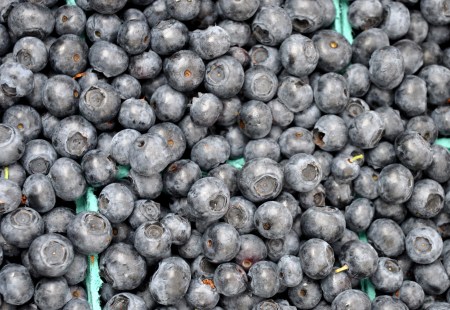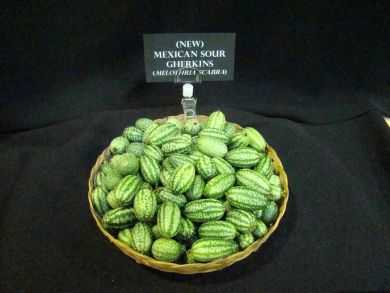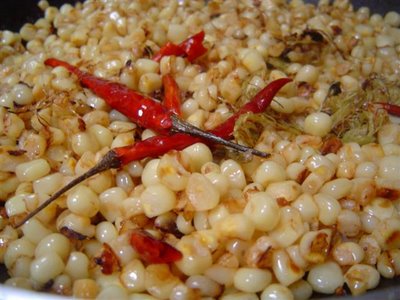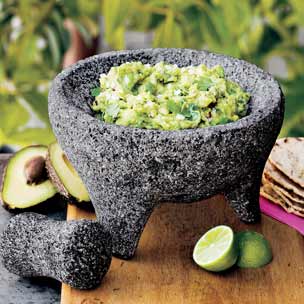16 Oct
Pickled Chanterelles (Vegan)
 Infographic: What are we pickling at 4 am? Mm-hm.
Infographic: What are we pickling at 4 am? Mm-hm.
In my defense. Many of you are already well familiar with my chronic 4 am insomnia, which can nearly always be traced to a violent allergy attack, though sometimes I just wake up at 4 am for no particular reason, I guess out of sheer habit. According to my mother, this has been happening since before I could read. At this point in my life I am far beyond being angry or annoyed about it; I’d describe my attitude about it these days as existentially fatigued resignation. Mind you, this hasn’t always been the case. When I was young and restless and didn’t know any better, I used to get out of bed and write feverishly in my journal all night, or sneak out of the house to do god-knows-what (honestly, I don’t remember, but I’m sure it was nerdy and emo). Later in life, frustrated at the injustice of my plight, I would simply toss and turn, in vain hopes of returning to sleep (which wouldn’t ever happen until around 6:30 am, about a half hour before it was time for me to get up). In recent years, due to the advent of smart phones, I have become more zen and used those quiet solitary hours between 4 and 7 to read random things on the internet, which has helped me stay current on important topics like the feeding habits of deep-sea frilled sharks and the etymology of the ampersand.
In a strange new twist, however, the last several times I’ve woken up at 4 am, I have been overcome with the desire to cook something. Through the first few episodes I managed to resist the impulse, yielding to the voice in my head that said “Really? You know how nutty that sounds, right?” Ultimately, however, my urge to do something with the fresh chanterelles aging in my refrigerator won out. Hence, these pickled delights.
This recipe isn’t my invention; I gaffled it from Chez Pim, who adapted it from someone else. In any case, I stand by it as a great way to preserve your chanterelles or any mushrooms you might have on hand. Whip them up, chill overnight, and then serve them as a tapa, use them as a condiment with your favorite neutral entree, pile them on top of a sandwich, toss them into a salad, or just nom them alone.
Pickled Chanterelles (Vegan)
- 1 lbs mushroom
- 2 large shallots, sliced into thin rounds
- 3 large garlic cloves, peeled and sliced into rounds
- 1/2 tbsp whole coriandar seeds, lightly toasted
- 1/2 tbsp black pepper, coarsely ground
- 1/4 c. golden raisins
- 1/2 c. cider vinegar
- 1/2 c. of olive oil
- 1/2 tsp sea salt
Clean the chanterelles by brushing them or wiping them with a damp cloth. If they are super dirty, go ahead and just rinse them in cold water. Pat them dry and cut them into medium pieces.
Bring a large pot of water to a boil, add the mushrooms to the pot and let boil for 1 minute, then remove from heat. With a slotted spoon, scoop them into a colander, being careful to leave any dirt that boiled off in the pan. Run cold water over the mushrooms to stop them cooking, and leave them to drain.
Heat another pot on medium and add a bit of the olive oil. When the oil is hot, add the garlic and shallots and cook, stirring constantly, over medium to low heat until the shallots are translucent. Add the pepper, coriandar, raisins, vinegar, olive oil, and salt. Stir to blend and bring to a simmer.
Add the blanched mushrooms, stir to blend and remove from heat. Transfer the mushroom into a glass or ceramic container. Cover and let them rest in the fridge for 24 hours before using.











Recent Comments